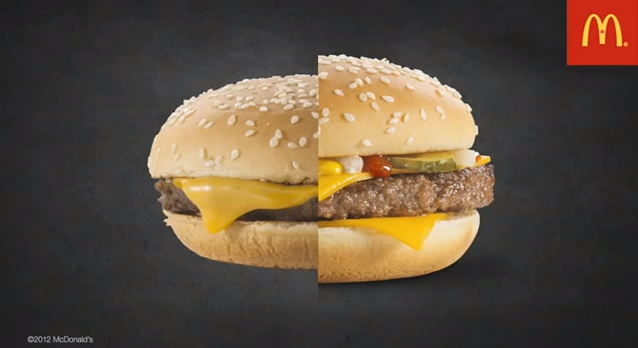After watching Food, Inc I realized how little I knew about where my food comes from. Now I think twice before eating anything and question what really is in my food. What stood out to me the most was probably how the food companies deal with their problems. In 2001, a young boy named Kevin had a burger from a fast food restaurant. Twelve days later he was pronounced dead. It turned out that the burger he ate was contaminated with e.coli. After the food companies received reports of e.coli breakouts from their products, they didn't get to the bottom of the matter to see where it came from. Instead, they decided to add a chemical called ammonia to get rid of the bacteria by washing them with it. So basically, they added more harmful things to the food that we consume rather than making it better. This is a huge issue because now there are chemicals in our foods and little children are being exposed to them.
What I really liked about this film was that it opened the doors to the truth. It revealed what really goes on "in the kitchen". Nothing is really grown on farms anymore, it's mostly actually produced by machines and factories. And what's even more shocking is how the government supports all this. If I were to have a food formula it would be to eat what you desire but carefully. I would follow this rule because we all need to be aware of what our food contains. I love food but I have to be cautious because there can be dangerous ingredients in my food. Also try eating healthier, maybe consider all organic foods. There's always a healthier version of the unhealthy foods. Maybe not as great, but definitely rewarding to your health.
